Elevate Your Space with Stylish Shelves
Shelves, often an unsung hero in interior design, can radically transform the aesthetic and functionality of a space. They serve dual purposes, offering practicality in storage while being central to the room's visual charm. Lately, a design principle called the Interior Design Shelf Diamond Rule has captured the attention of style enthusiasts. This rule marries symmetry, style, and usefulness, allowing shelves to become more than mere storage—they become art.
Table of Contents
ToggleLet’s dive into the intriguing concept of this diamond rule, offering you a fresh perspective on how to style your shelves, whether you're working with mismatched bookshelves, diamond-shaped wall units, or even inspired by timeless design principles from Edith Wharton’s The Decoration of Houses. Here’s your guide to achieving a beautifully balanced and functional space.
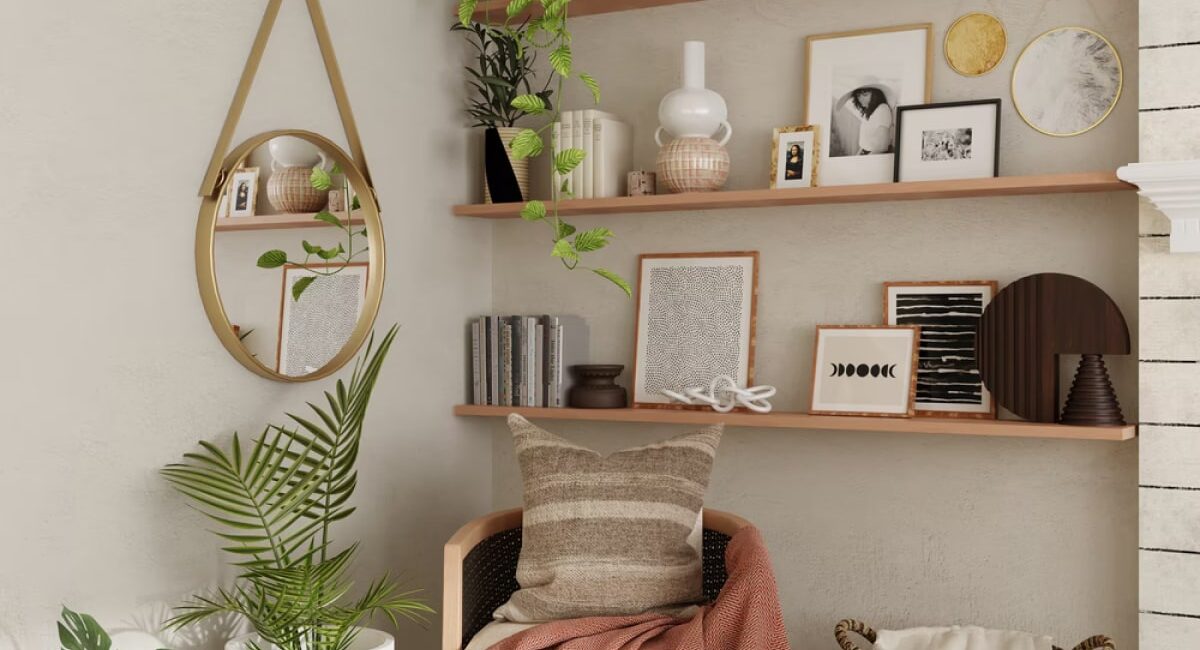
What is the Interior Design Shelf Diamond Rule?
In essence, the Interior Design Shelf Diamond Rule is all about creating harmony through balance. The goal is for shelves—or the items placed on them—to form a diamond-like shape: broad in the middle, tapering off towards the top and bottom. This structure gently guides the viewer’s gaze, creating a sense of flow and proportion within the space.
This principle works across various types of shelving—from standard bookcases to striking diamond-shaped wall units. The emphasis is on treating shelves as design focal points, using them to enhance both the beauty and functionality of a room.
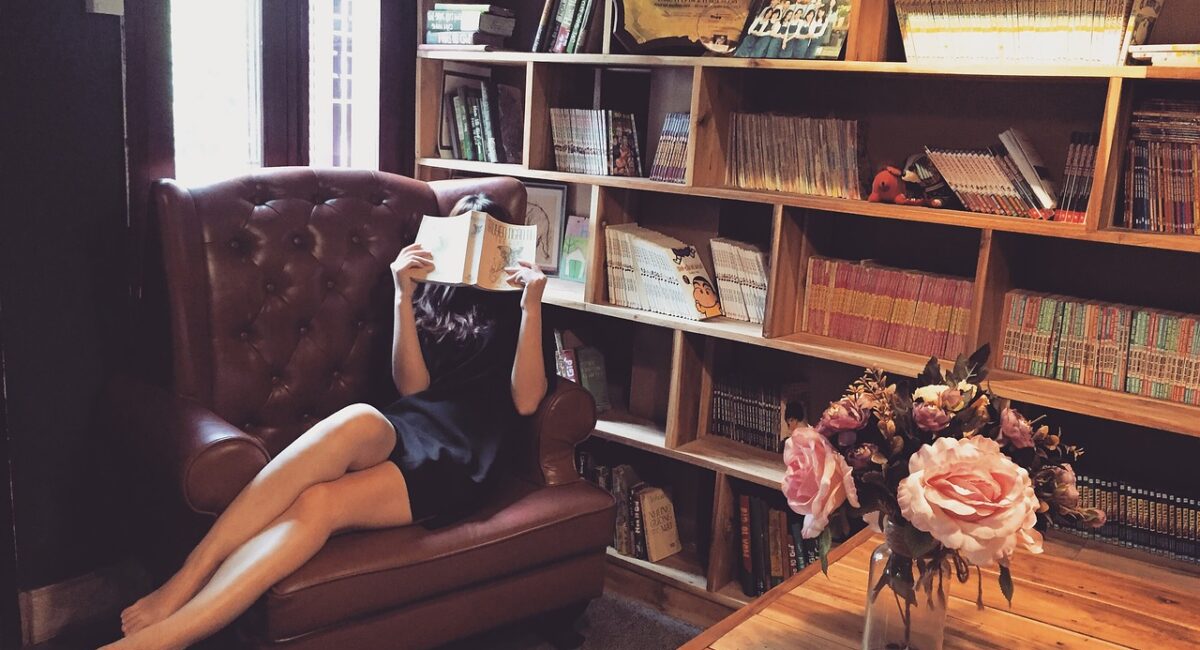
The Versatility of Diamond Bookshelves
Diamond-shaped bookshelves are a hot trend right now. They can instantly turn a plain wall into an architectural statement. The versatility of diamond shelves is vast—you can store books, showcase your favorite art pieces, or even create a personal mini-gallery.
When styling diamond bookshelves, keep the diamond rule in mind. Start with bigger, heavier objects at the center, and place smaller items towards the edges. This creates a natural flow that aligns with the rule’s guidelines, ensuring the shelf remains visually balanced.
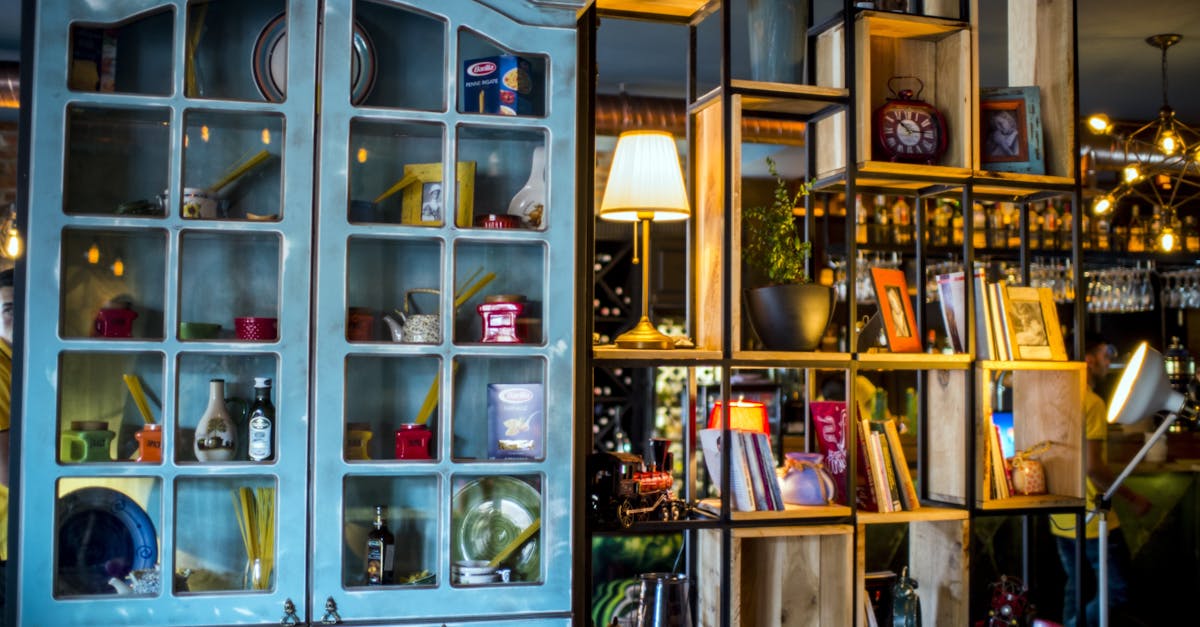
Styling Diamond Shelves in the Living Room
Living rooms are prime spaces to experiment with diamond shelves, as these areas often serve as the focal point for family gatherings. To style them effectively, always aim for symmetry. Begin by anchoring the shelf with larger items—vases, framed art, or hefty books—and then fill in with smaller objects, paying attention to the rule of balance.
Consider the room's overall color scheme as well. Keep things cohesive by sticking to a unified palette or injecting personality with bold pops of color. The diamond rule offers a structured approach to styling while allowing room for personal touches.

Bookcase Joinery: The Foundation of Elegant Shelves
While styling is key, never underestimate the power of good bookcase joinery. This is especially important when working with diamond-shaped shelves, as their unique angles can put extra pressure on the joints.
A well-constructed shelf ensures longevity, preventing sagging or damage over time. Whether you're working with a craftsman to build custom shelves or purchasing ready-made units, prioritize high-quality joinery to maintain both the form and function of your diamond-style display.

Mismatched Bookshelves: How to Make Them Work
In recent years, mismatched bookshelves have risen in popularity, offering a quirky, eclectic charm. However, they can easily veer into chaos if not styled thoughtfully. To make them work, maintain a sense of visual symmetry despite the shelves’ differing shapes or sizes.
Apply the diamond rule here too. Arrange objects in a way that still creates balance, even if the shelves themselves don’t match. A cohesive color scheme or recurring decorative element can help tie everything together, ensuring your mismatched shelves feel harmonious.

Decorating a Shelf: Tips and Tricks
Decorating a shelf goes beyond slapping random objects on display. It’s about finding a balance between practicality and beauty. Consider the purpose of the room when styling. In living rooms, you might prioritize decorative pieces—candles, sculptures, framed art—whereas, in home offices, functionality may take precedence with books, stationery, and gadgets.
Pro tips:
- Start with larger items: Position them in the center or along the back to anchor the shelf.
- Layer items: Smaller objects can be placed in front of larger ones to create depth and visual interest.
- Add personal touches: Photos, travel souvenirs, or meaningful mementos make the space uniquely yours.
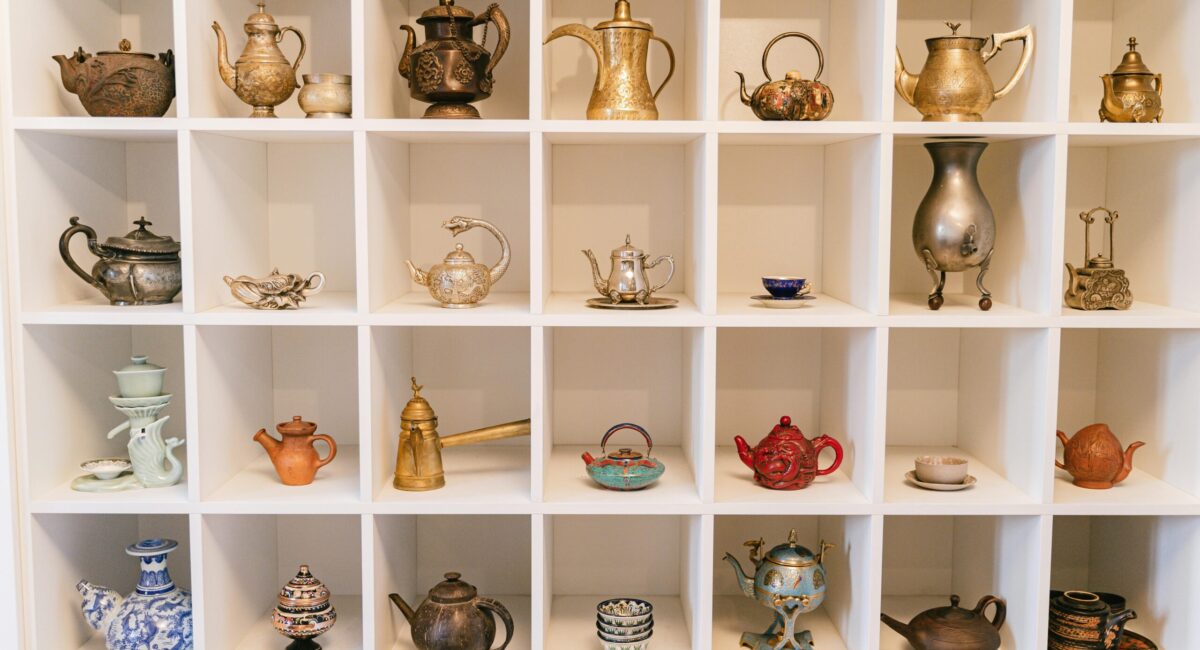
Styling Shelves: Creating Balance and Depth
Styling shelves is more than just about what you put on them. It’s about telling a story, with each item contributing to an overarching visual narrative. To create depth, layer items of varying sizes and heights. The diamond rule is a great guide for maintaining balance while adding intrigue.
Make sure you:
- Distribute weight evenly: Keep the heaviest objects toward the middle, tapering off toward the edges.
- Vary heights: This adds visual interest and prevents the shelf from looking too uniform.
- Stick to a cohesive color scheme: Doing so ensures the shelves complement the room instead of clashing with it.
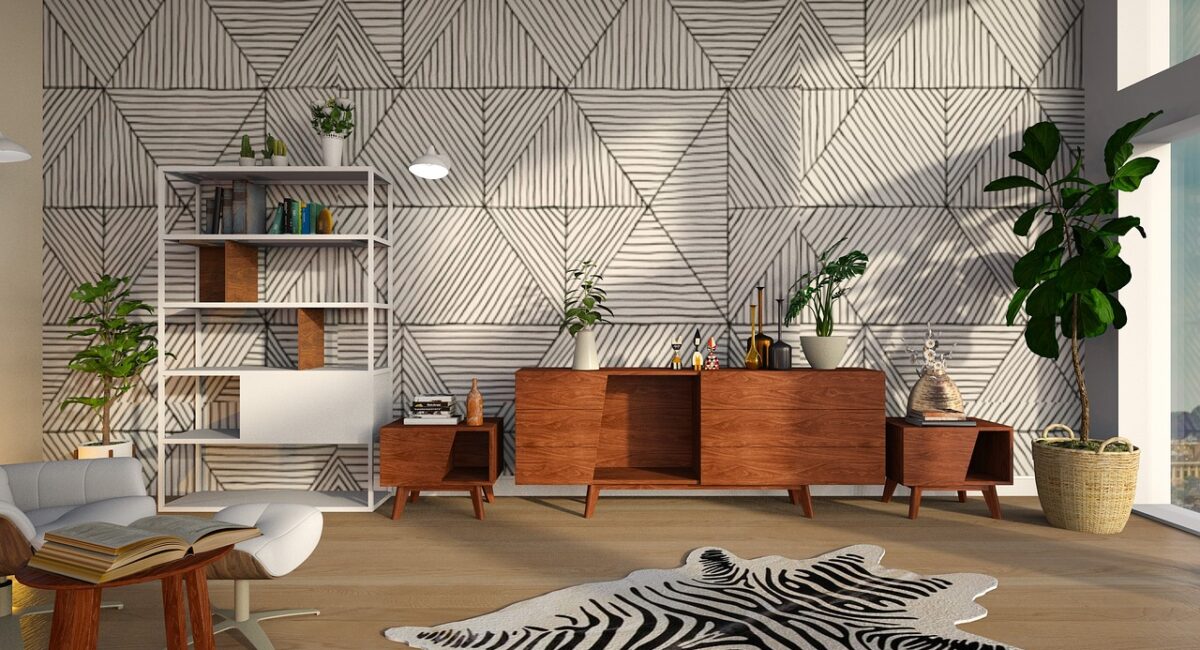
Shelf Styling Ideas: Inspiration for Every Room
Here are some shelf styling ideas tailored for different rooms:
- Living room shelves: Combine books, plants, and decorative items for a warm, inviting atmosphere.
- Kitchen shelves: Balance functional items like jars and utensils with decorative ceramics and greenery for a homely, yet chic feel.
- Office shelves: Keep them neat and organized with storage baskets, but don’t shy away from adding personal items like photos or inspiring quotes.
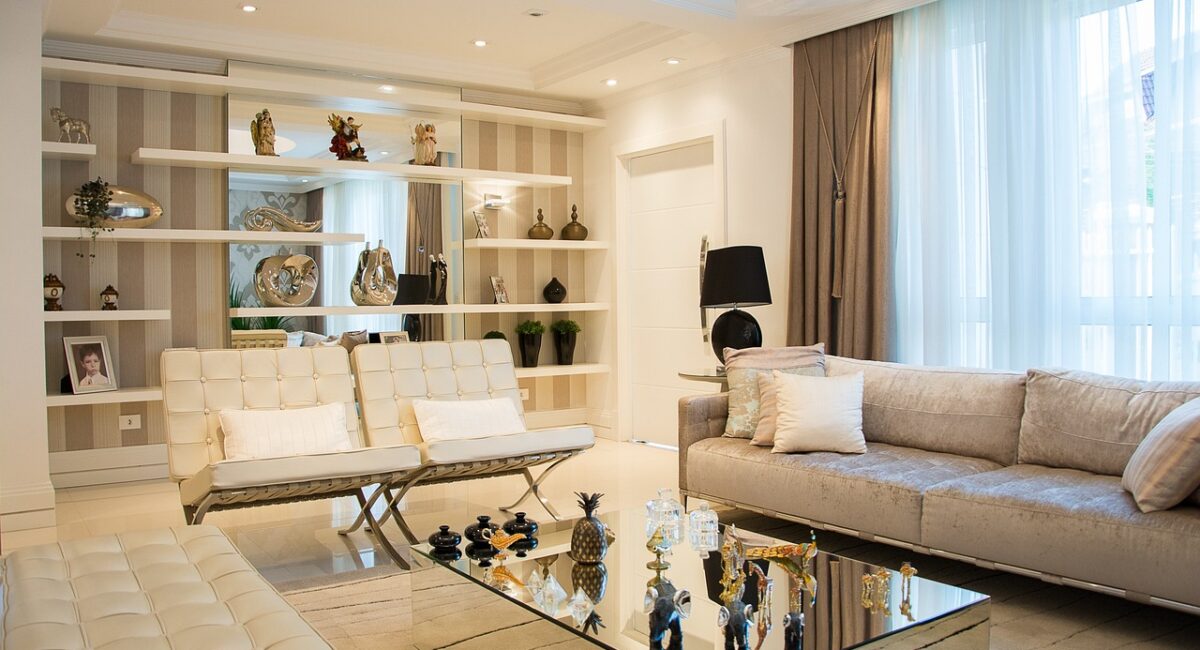
Edith Wharton’s Influence: The Decoration of Houses
Written in the late 19th century, Edith Wharton’s The Decoration of Houses continues to influence modern design. Her focus on simplicity, symmetry, and proportion mirrors the Interior Design Shelf Diamond Rule. Wharton’s advice to “keep things simple and let them speak for themselves” is an enduring reminder that the best designs are often the most balanced.
Whether you’re arranging shelves or designing an entire room, Wharton’s ideas remain relevant today. The diamond rule can guide you toward creating a space that feels timeless and serene.
How to Find an Interior Designer on a Budget
Overwhelmed by the thought of styling shelves? Hiring an interior designer doesn’t have to break the bank. Here are some budget-friendly tips:
- Explore online design services: Many offer virtual consultations, which tend to be more affordable than in-person meetings.
- Shop around: Get quotes from multiple designers to find one that fits your budget.
- Do a hybrid approach: Combine DIY efforts with professional guidance. You can save money by tackling smaller tasks yourself while leaving larger design elements to the experts.
Pros and Cons of the Interior Design Shelf Diamond Rule
Pros:
- Aesthetic Balance: The Interior Design Shelf Diamond Rule offers a brilliant method for achieving visual harmony. By guiding the arrangement of objects, it helps create a pleasing symmetry that naturally draws the eye.
- Versatility: Whether it’s diamond-shaped shelves, mismatched bookcases, or conventional shelving, this rule adapts effortlessly across various designs and settings, allowing flexibility without losing its core principle.
- Functional and Stylish: This concept isn't just about the look. It merges functionality with aesthetics, making your shelves both practical and an eye-catching part of your décor.
- Guided Structure: If you're struggling with how to style shelves, this rule gives you a structured framework, making it easier to design an appealing arrangement without guesswork.
- Customization: Creativity thrives within this structure. You can mix and match objects, still achieving balance while personalizing your space to your liking.
- Timeless Appeal: Grounded in classic design principles, the diamond rule guarantees a timeless elegance, ensuring that your space remains visually relevant for years.
Cons:
- Can Be Limiting: While useful, it might feel constraining for those who prefer a more eclectic or free-flowing design. The rule’s focus on balance might not resonate with bold or experimental designers.
- Requires Thoughtful Curation: To achieve the ideal balance, you’ll need to carefully consider the size and placement of each item. This curation can be time-consuming and demands attention to detail.
- Not Suitable for All Spaces: In smaller or busier rooms, applying the diamond arrangement can be difficult. These spaces might not have the wall real estate or design flexibility to fully utilize the rule.
- Mismatched Bookshelves May Clash: While the rule can work with standard shelves, it’s trickier to implement with mismatched units. The lack of uniformity can disrupt the visual symmetry the rule is based on.
- Maintenance: Keeping up with the diamond rule may require regular rearrangement to maintain balance, especially if you frequently rotate décor pieces.
Conclusion
The Interior Design Shelf Diamond Rule is a simple yet elegant way to elevate your space. Whether you’re working with diamond-shaped shelves, mismatched bookcases, or taking inspiration from timeless design principles like those of Edith Wharton, this rule will guide you toward a perfectly balanced room. By following the ideas outlined here, you’ll transform your shelves into a functional and stylish focal point that enhances the overall design of your home.
Frequently Asked Questions (FAQs)
Q1: What is the Interior Design Shelf Diamond Rule?
A: The Interior Design Shelf Diamond Rule is a design principle aimed at creating symmetry and balance when arranging items on shelves. Objects are placed in a diamond-like shape, with larger ones at the center, tapering off with smaller items toward the edges.
Q2: How do I style diamond-shaped shelves?
A: Begin by placing prominent items in the center and then gradually add smaller objects around them, moving outward. The goal is to maintain balance and ensure each object has enough space to stand out.
Q3: Can the Diamond Rule be applied to mismatched bookshelves?
A: Yes, though it’s more challenging. Focus on creating symmetry through the placement of objects rather than the shelves themselves. A cohesive color scheme or consistent theme can help create visual harmony.
Q4: Is the Diamond Rule suitable for small spaces?
A: It depends. The rule works best in areas where shelves can serve as a focal point. In smaller spaces, you can apply a more compact version of the diamond arrangement to avoid overcrowding.
Q5: Can I still follow the Diamond Rule if I prefer an eclectic style?
A: Absolutely. Even in eclectic designs, maintaining a sense of flow and balance is key. You can vary the heights and shapes of objects but still arrange them in a way that follows the diamond-like symmetry.
Q6: How does bookcase joinery affect shelf design?
A: The quality of joinery is crucial for diamond-shaped shelves due to their unique angles and weight distribution. Strong joinery ensures stability and longevity, keeping your shelves functional and elegant.
Q7: What’s the best way to find an interior designer on a budget?
A: Consider online design services, which often offer consultations at a lower cost. Get quotes from multiple designers, and think about a hybrid approach, where you handle some DIY tasks while consulting a professional for major decisions.
Q8: How does Edith Wharton’s The Decoration of Houses relate to modern shelf styling?
A: Wharton’s focus on simplicity, proportion, and symmetry aligns with the Interior Design Shelf Diamond Rule. Her principles remain relevant, offering timeless insights into creating balanced and elegant designs.
Q9: Do I need to use diamond-shaped shelves to follow the Diamond Rule?
A: No, the rule is about the arrangement of items, not the shape of the shelves. You can apply the rule to any type of shelving by focusing on balanced symmetry.
Q10: What are some tips for shelf styling décor?
A: Start with larger, statement items at the center. Layer smaller objects in front, vary heights to create depth, and keep a cohesive color palette. Personal touches like photos or travel souvenirs can make the space feel uniquely yours.
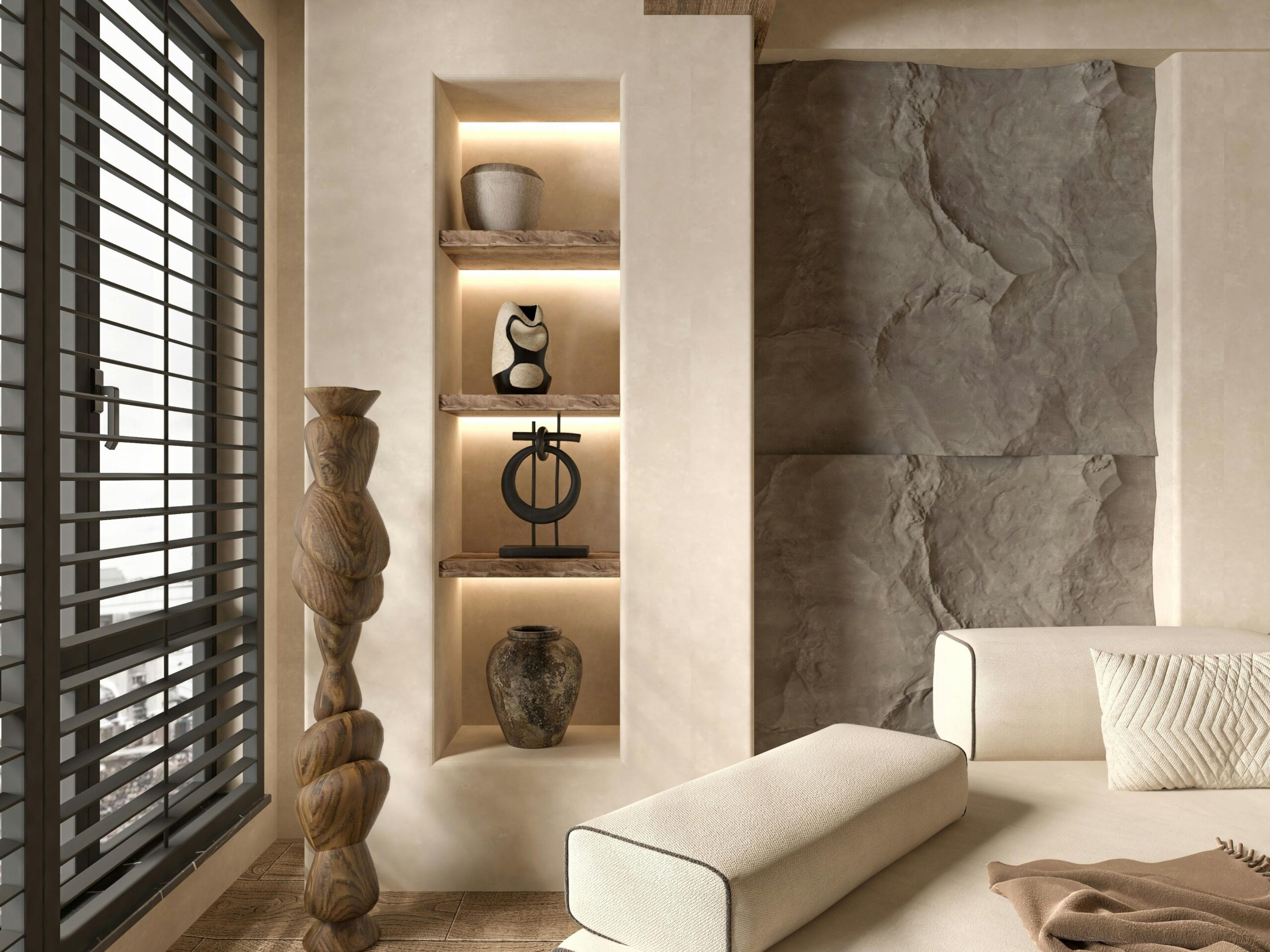
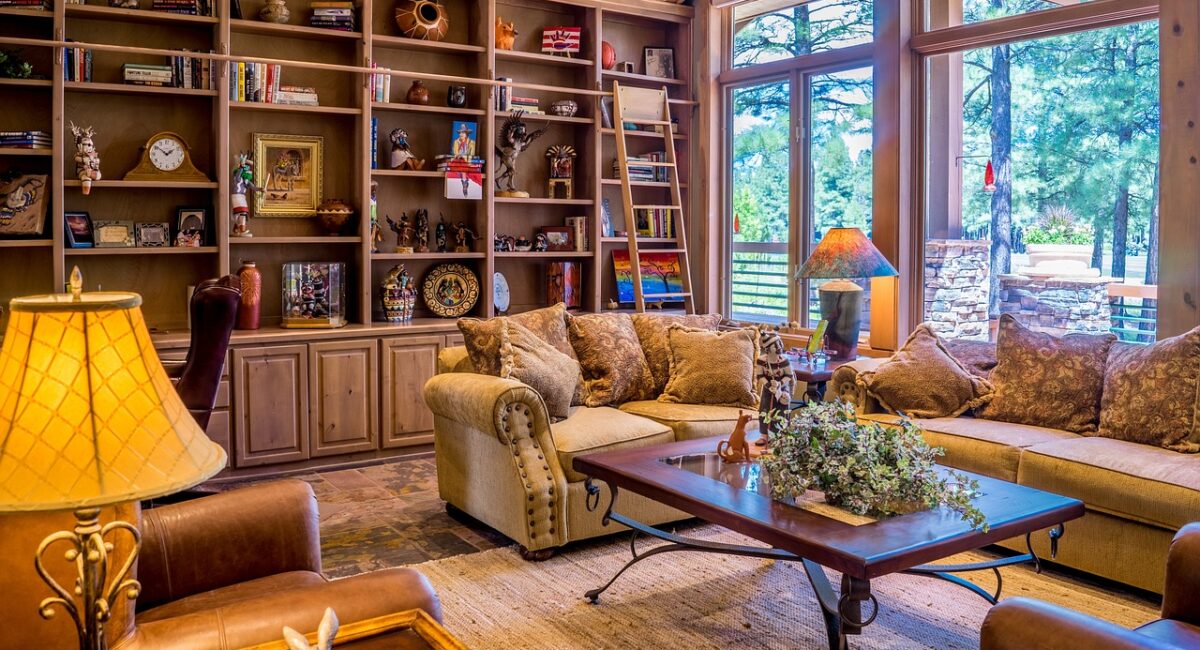
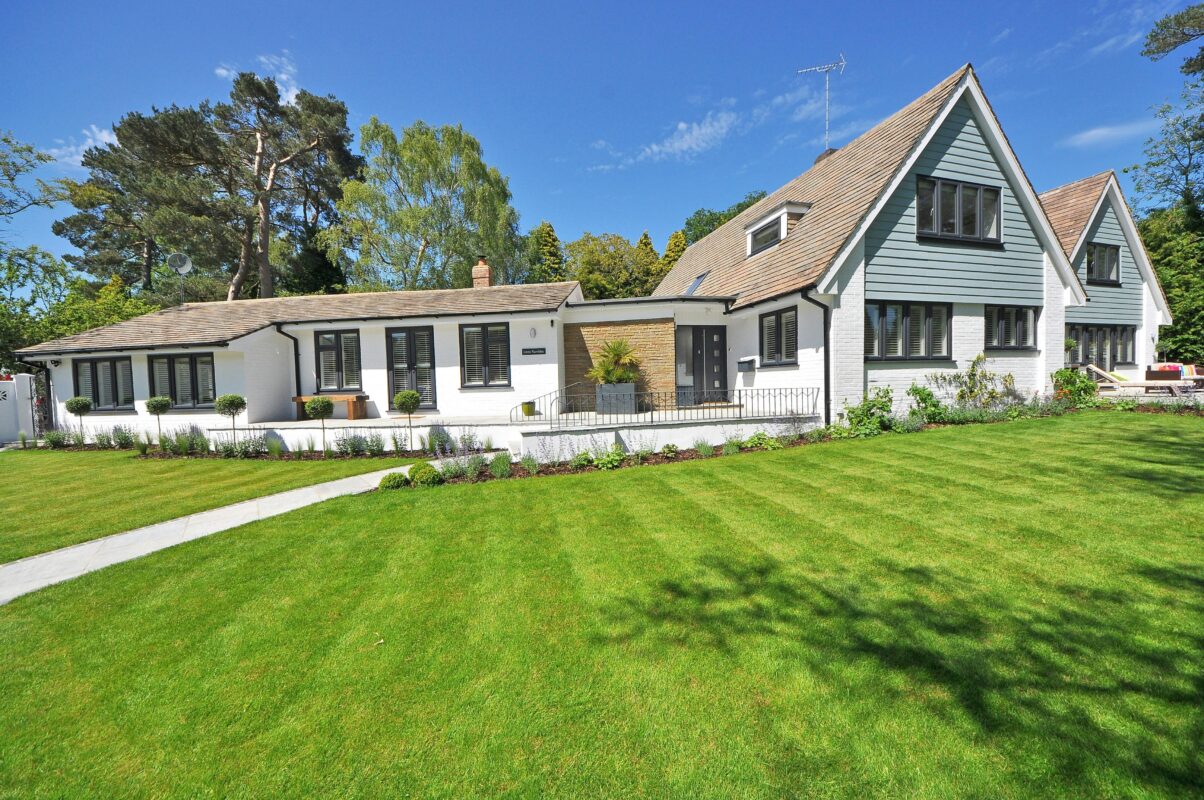
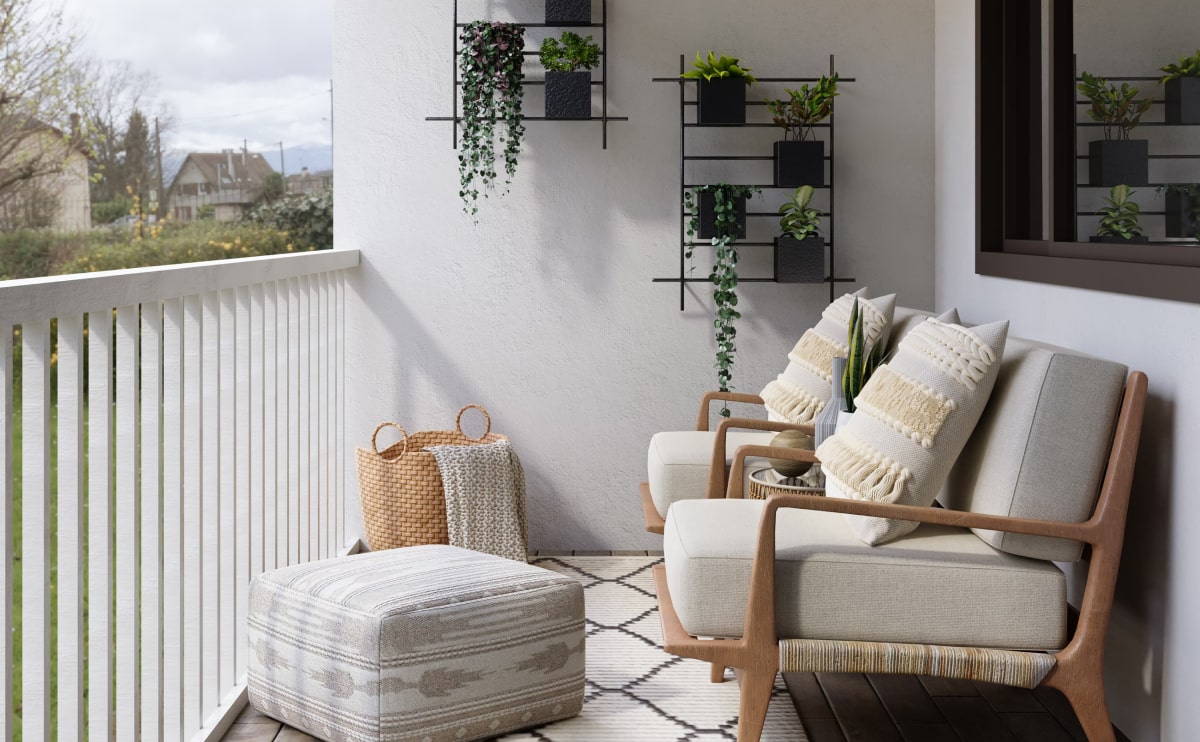
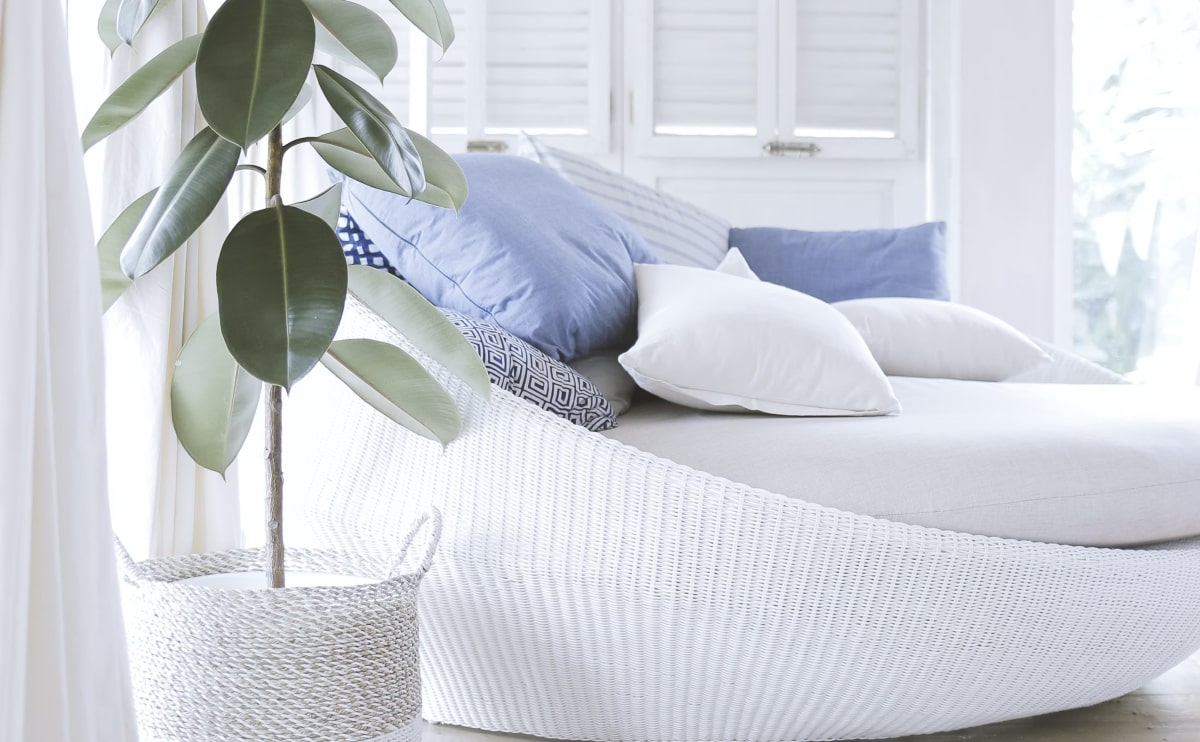
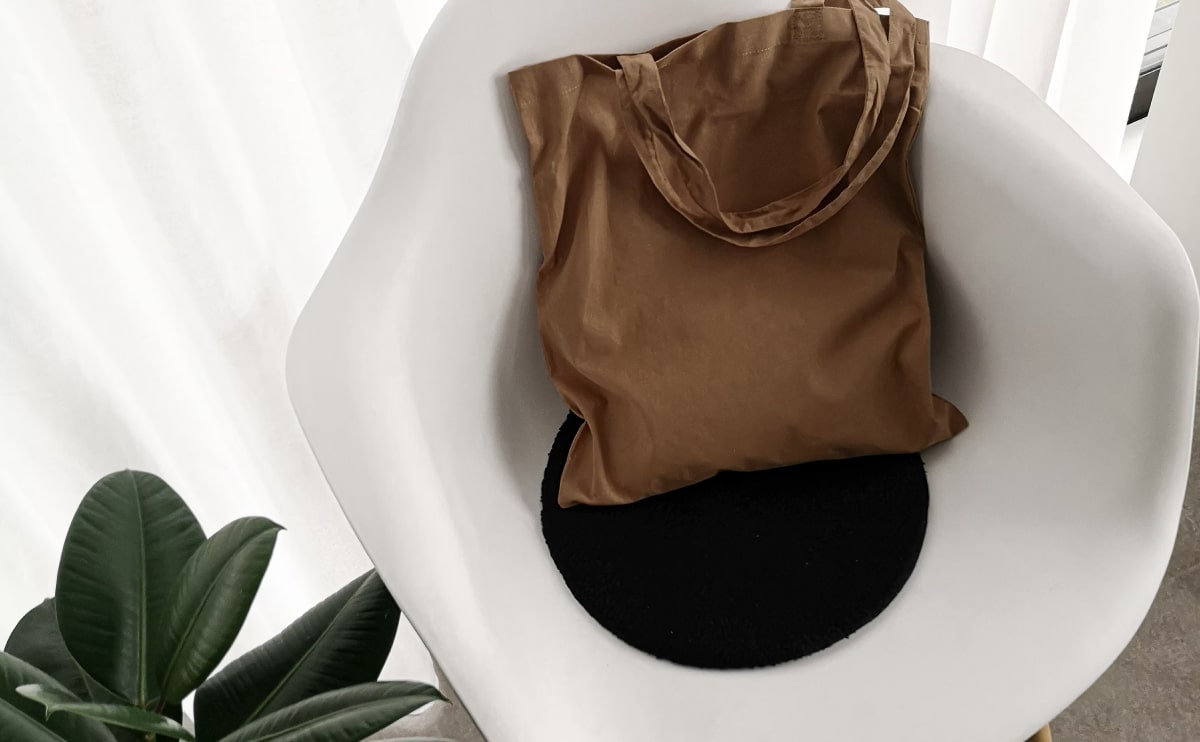
One thought on “Trending Expert Interior Design Shelf Diamond 99% Rule”